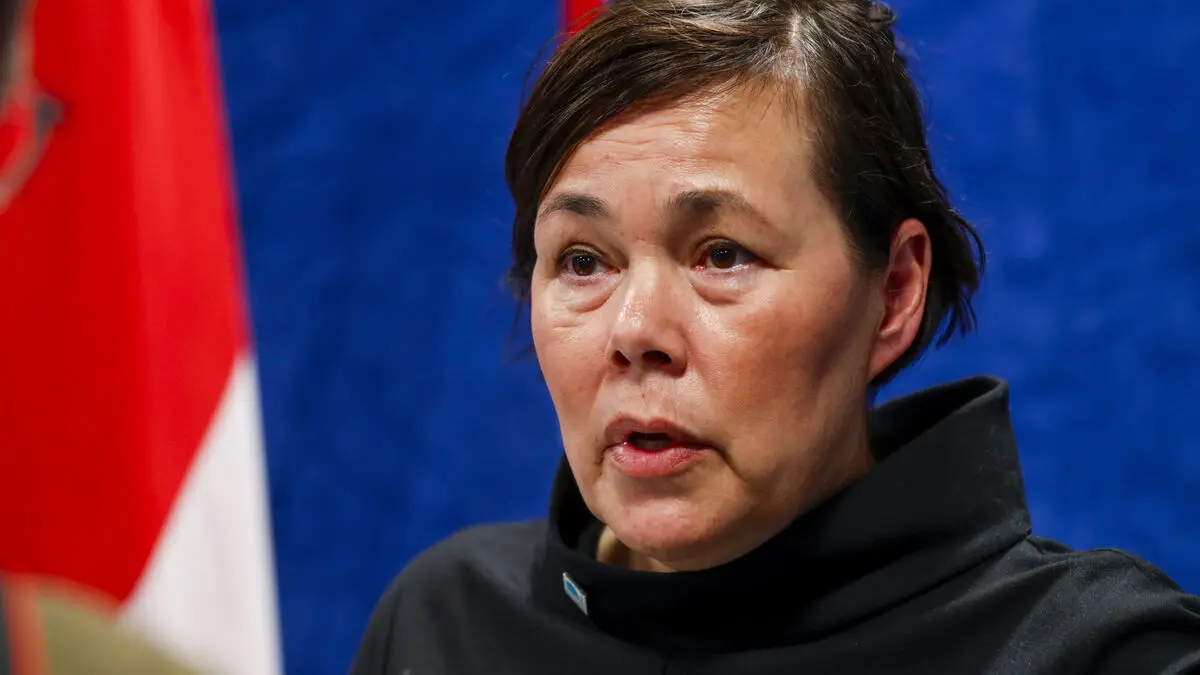A balanced budget target would provide good and sufficient margins, says Hans Lindberg, chairman of a committee that has reviewed the issue.
The question of abolishing the surplus target in the fiscal policy framework – which has been set at 0.33 percent of GDP over a business cycle since 2019 – has been debated for a long time. And it has now become highly topical in the review of the framework for public finances, which is conducted every eighth year.
"We have landed very well"
According to Lindberg, six out of eight parliamentary parties support the conclusion that the framework should be adjusted from 2027 – to a balanced budget target with a preserved debt anchor, i.e. that the gross debt should be 35 percent of GDP.
Finance Minister Elisabeth Svantesson (The Moderate Party) is pleased with the conclusions.
We have landed very well. It gives us the opportunity to continue having a low state debt, but still get the opportunity for new investments that Sweden now needs, she says at a press conference.
She mentions, among other things, Sweden's need for investments in defense.
The committee's report will, when completed, be submitted to the government for consideration before a parliamentary decision.
I am glad that we have managed to gather such a broad majority, says Hans Lindberg at a press conference with the committee members from the eight parliamentary parties by his side.
According to Lindberg, a balanced budget target would provide a budget space of 25 billion per year, which can be used to address important social challenges.
Sweden "stops amortizing"
Edward Riedl (The Moderate Party), chairman of the Finance Committee and member of the committee, is also pleased.
Today's message means that Sweden is now stopping amortizing one of Europe's lowest state debts and we are perpetuating this very low level, he says.
Fredrik Olovsson (The Social Democrats), vice chairman of the Finance Committee, is on the same track.
This provides a better foundation, he says.
The two parties that reserve themselves, The Left Party and The Green Party, want to invest even more of the state's money than the proposal provides in order to have the means for climate investments.
This is a historic failure, says Ida Gabrielsson (The Left Party), about the committee's proposal.
The surplus target was lowered by the parliament to 0.33 percent over a business cycle five years ago. In three years, it may disappear altogether, according to the conclusions in a report that is on its way from a committee with all parliamentary parties represented.
The budget rule that the state should always be in surplus – initially with 2 percent – originated from the major banking and real estate crisis and subsequent fiscal problems that plagued the Swedish economy in the 1990s.
The debt anchor that the committee wants to preserve states that the total debt for the entire public sector – i.e. the state, municipalities, and regions – should be 35 percent of GDP.
The budget framework also includes an expenditure ceiling, which is set by the parliament.






